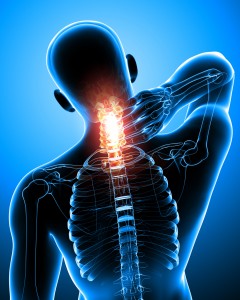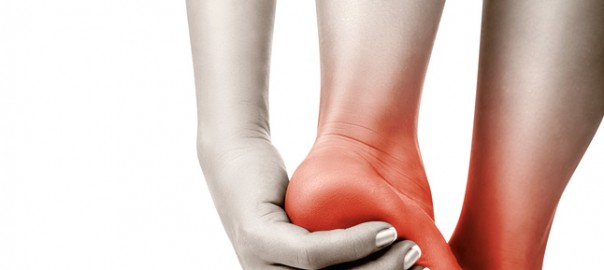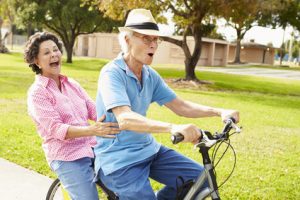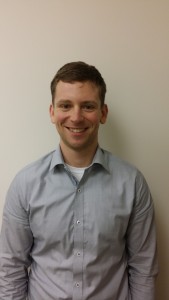This month’s edition of Physiotherapy Practice (our national magazine) is all about pain, and more specifically the rehabilitation of persistent pain. This is clearly not a coincidence, as the discussion of opiate abuse has filtered through the news media over the past year or so. It might be easy to brush this off as an American issue, but as Canada prescribes the second most opiates on earth, and Ontario alone reported 2 opiate-related deaths a day in 2015, it seems prudent to pay attention. The problem is real, and despite growing awareness we have not yet made significant strides in the right direction.
Now to be clear, opiates are not the boogeyman in this scenario. They were designed for a specific purpose and they excel at that purpose – post-surgical and cancer pain. In both  cases, an abundance of evidence exists to show their effectiveness. Unfortunately, that same level of scientific backing does not exist for use beyond about 6 weeks, nor for joint pain. Despite this, prescription rates go up, up, and up for persistent back or joint pain. Why? One possibility is that clinicians are inappropriately applying the science of cancer treatment to joint conditions – if opiates are so effective for cancer pain, logically they must be good for joint pain too, right?
cases, an abundance of evidence exists to show their effectiveness. Unfortunately, that same level of scientific backing does not exist for use beyond about 6 weeks, nor for joint pain. Despite this, prescription rates go up, up, and up for persistent back or joint pain. Why? One possibility is that clinicians are inappropriately applying the science of cancer treatment to joint conditions – if opiates are so effective for cancer pain, logically they must be good for joint pain too, right?
Of course, if things were this straightforward, I would likely not have a job. Pain Science is a growing area of practice within Physiotherapy, as well as other health care fields, and it is certainly beyond the scope of a blog post to summarize whole journals worth of knowledge. A nice start is to simply establish some ground rules as to the language we use to discuss pain.
Most of the time when discussing pain, what we mean is ‘nocioception’. This is our ‘ouch’ pain. Nociception corresponds to some sort of anatomical insult, whether it be a stubbed toe or a broken bone. This type of pain usually corresponds nicely with pharmacological intervention (up to and including opiates) as well as traditional physical therapy treatment, whether that be modalities or manual therapy. It exists for appropriate evolutionary reasons – hand on burner, burner hot, remove hand. This is an easy concept to wrap our heads around.
Moving beyond this, things get a bit more complex. It does not take a trained health care provider to ask about a few anecdotal truths…
Why do we feel better on vacation?
How do athletes play through injury, or soldiers continue to fight despite wounds?
Why do our aches and pains get worse when we are stressed?
How do two seemingly similar individuals respond so differently to similar injuries and courses of treatment?
We are no longer talking about nocioception, but rather the complex experience of pain.
A cynic would just say that it’s all in our heads. To the more evolved mind, it is understood that pain is an experience and context dependent. In clinic I like to say that a stubbed toe in the middle of the night is the worst pain one can possibly experience, but a stubbed toe while fleeing a bear in the woods would never even register. Clearly our brains have the ability to modulate what we feel, yet we often take a one-size-fits-all approach to pain and attempt to deaden them with medications. This is where the medical establishment has to take collective action and change what has been done in the past – it clearly is not working.
How does Physiotherapy fit in? It is best to think of this in three categories (Thériault and Johnson):
- Environment: modifying the world around a client to optimize for their current level of function
- Non-pharmacological intervention: manual therapy, modalities, education etc, essentially the bread and butter of Physiotherapy practice
- Optimization: strategies to manage pain, including exercise
What Physiotherapy is NOT, is a back-up therapy for when drugs fail. Opiate addiction is a major health burden on our society and the health care system. Take away the opiates, and what are left or still plenty of friends and family dealing with persistent pain. A new strategy is needed. The team at Palermo Physiotherapy and Wellness has been trained in non-pharmaceutical pain rehabilitation strategies that can be easily incorporated into a treatment plan with your Physician and other members of the health care team.
Registered Physiotherapist
MScPT, BA Kin



